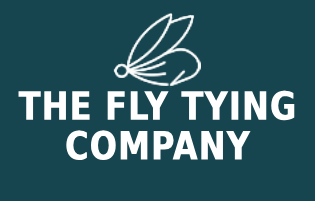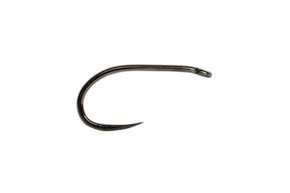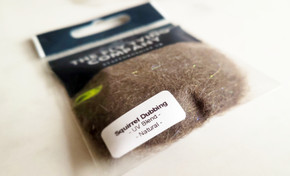Origin and History
The Partridge & Orange is one of the most famous North Country spider patterns, originating in Northern England during the 18th and 19th centuries. Used extensively on rivers such as the Yorkshire Dales and the River Clyde, it was designed to imitate small emerging insects just below the surface. Its simple design — orange silk body and soft partridge hackle — creates a lifelike, translucent effect that trout and grayling find irresistible.
Materials
- Hook: Wet fly or spider hook, sizes 12–18
- Thread/Body: Orange silk or thread (sometimes dubbed lightly with hare’s ear)
- Hackle: Grey partridge feather (soft and speckled)
- Optional Rib: Fine gold wire for durability
Popular Variations
- Partridge & Yellow – replaces orange with yellow silk
- Partridge & Green – uses green silk for early season olives
- Partridge & Purple – effective in low light and autumn
- Partridge & Hare’s Ear – adds dubbed body for more bulk
- Beadhead Partridge & Orange – modern twist for added depth
Step-by-Step Tying Guide
- Attach orange silk or thread behind the hook eye and wind back to the bend.
- Optional: Tie in fine gold wire at the bend for ribbing.
- Form a slim body with the orange thread or lightly dubbed hare’s ear mix.
- Rib the body with gold wire if used, securing behind the eye.
- Select a small partridge feather and tie in by the tip, wrapping 1–2 sparse turns.
- Stroke fibres back to create a swept-back, soft-hackle collar.
- Whip finish neatly and add a touch of varnish to secure.
Seasonality & Representation
The Partridge & Orange is at its best in spring and autumn, coinciding with hatches of olives, midges, and other small insects. It imitates emergers or drowned spinners and is deadly fished just under the surface film. Its simplicity and movement from the partridge hackle make it a timeless spider pattern.
Tackle and Setup
- Rod: 9–10ft, 3–5wt for river fishing
- Line: Floating line
- Leader: 9–12ft tapered leader, 5–6X tippet
- Setup: Traditionally fished in a team of spiders, often with 2–3 flies on a cast
Summary Table
| Aspect | Details |
|---|---|
| Origin | North Country, UK (18th–19th century) |
| Best Seasons | Spring and Autumn |
| Represents | Emerging olives, midges, drowned spinners |
| Hook Sizes | 12–18 |
| Tackle Setup | 9–10ft rod, floating line, 9–12ft leader |












